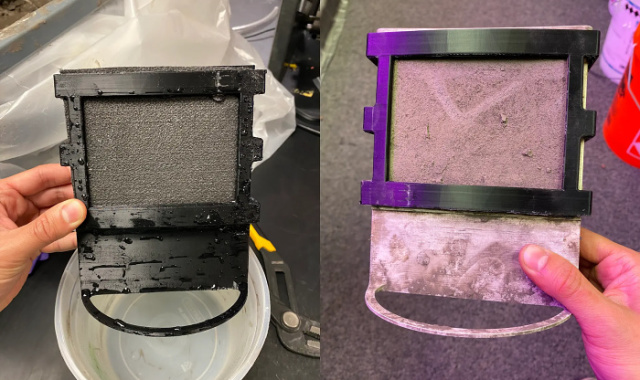
Fuel cell
A team of scientists from Northwestern University (USA) has developed the design of a new fuel cell based on the work of microbes. This technology has been known for more than a hundred years, but has not yet found practical application. Largely because there were no suitable consumers – devices with minimal energy consumption.
The principle of operation of a microbial fuel cell is based on the processing of carbon from the soil by microorganisms, the byproduct of which is free electrons. It remains only to connect the electrodes and provide microbes with constant access to water and oxygen. In fact, it is to dig the fuel cell into the mud and not let it dry out or sink.

Fuel cell
In the new design, one of the electrodes is deepened into the ground, the second protrudes above its surface, they are connected to each other by an air supply channel. There are protective caps to prevent dirt from entering and hydrophobic inserts that guarantee air conductivity even when the structure is flooded. It is reported that it operates at humidity levels from 41% to 100% and generates 68 times more energy than previous versions. This amount of energy is still tiny and practically useless, but engineers have found a use for it. Such fuel cells are ideal for supplying energy to static sensors on farms that monitor the state of the soil and the environment. The earth they are supposed to be watching is itself a source of energy for them. At the same time, such a fuel cell can be assembled from cheap components from a hardware store.
Alexander Martynenko
